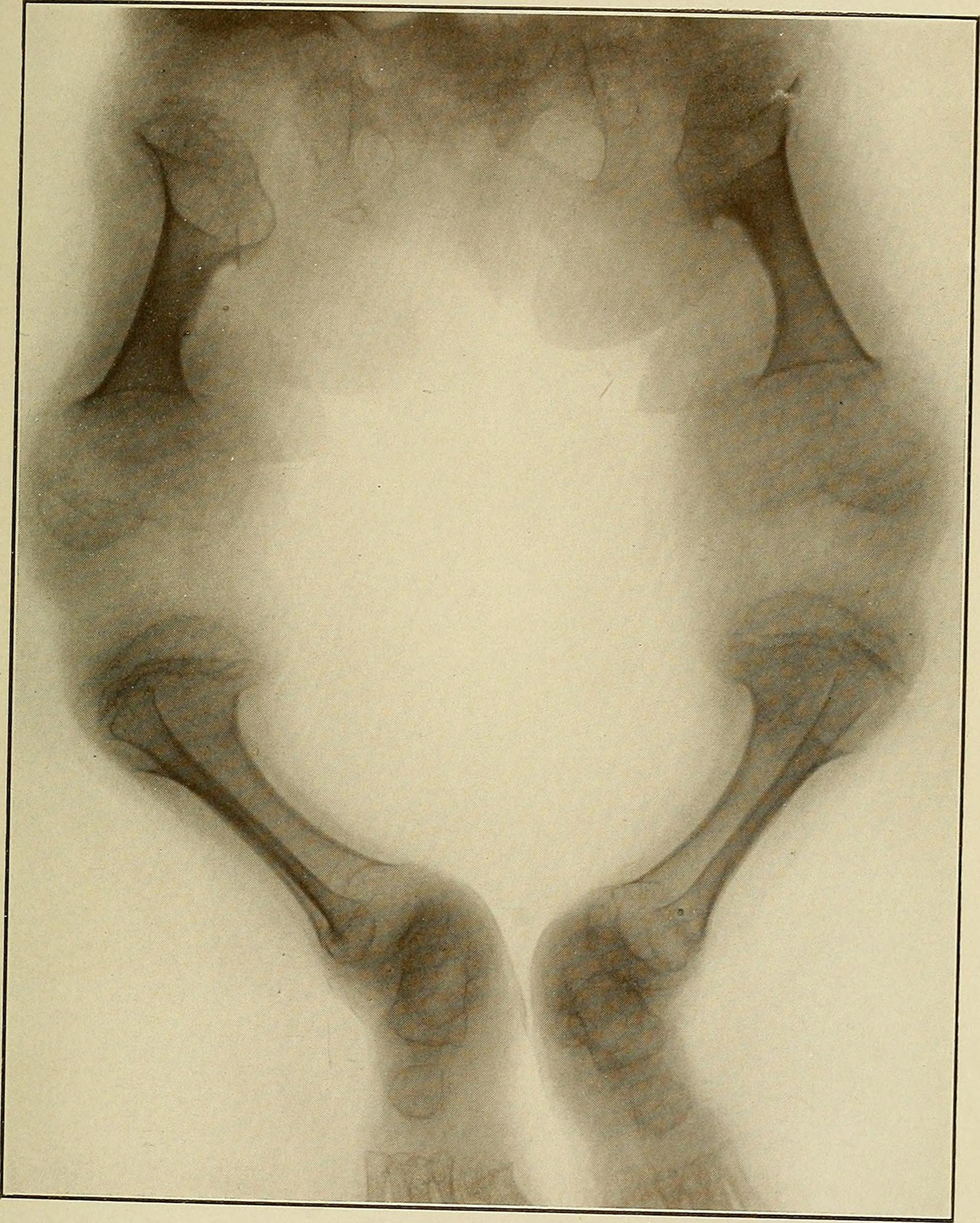
Achondroplasia is a genetic disorder characterized by abnormal body proportions and short stature. Achondroplasia is the most common type of dwarfism that occurs due to abnormal growth of bone and cartilage. An adult person with achondroplasia reaches average height of about 4 feet. Another characteristic of the disorder are short segments of the limbs such as the bone between the shoulder and the elbow (humerus) and the bone between the hip and the knee (femur). Underdevelopment of the face is also sometimes seen. Achondroplasia is the most common form of growth defects and affects 1 in 15,000 - 40,000 newborns.
Causes of AchondroplasiaAchondroplasia occurs due to mutations in the FGFR3 gene. This gene is normally responsible for regulating the rate of growth in long bones. Mutations in FGFR3 gene lead to disturbances in the bone growth. Results of this are shorter bones, abnormal shape of the bones and short stature. Achondropasia is inherited as an autosomal dominant trait, meaning a child may suffer from the disorder if inherits only a single copy of abnormal gene. A person with achondroplasia has 50% chance of having affected child. However, most cases of achondroplasia are not inherited from parents but appear as sponatenous mutations that occur during development of embryo.
Risk Factors for Achondroplasia
Increased risk of developing achondroplasia have children of a parent affected by the disorder and children of unaffected parents who are carriers of a defect FGFR3 gene. Also, the risk of achondroplasia increases with the age of a father (40 years and older).
Symptoms of Achondroplasia
The most common symptom of achondroplasia is a short stature, relatively long torso and short extremities. The upper arms and thighs are more shortened comparing to forearms and lower legs. Typically, head is large with prominent forehead while the nose is flat at the bridge and the cheekbones are slightly flattened too. Average height of adult male with achondroplasia is 52 inches and adult females reach about 49 inches. Fingers and toes of affected person are commonly short and stubby though the hands and feet may appear large. Extension and rotation of the elbow are restricted. Spine curvatures (lordosis and kyphosis) are also present. Other symptoms of achondroplasia include: bowed legs, hydrocephalus, dental problems, spinal stenosis, neurological and respiratory problems. Children with the disorder may also suffer from middle ear infections.
Diagnosis and Treatment of Achondroplasia
Achondroplasia is diagnosed with physical examination, X-ray of the long bones and genetic testing. Diagnosis before birth can be obtained by amniocentesis. Achondroplasia cannot be cured and there is no specific treatment available. Surgical treatment can be offered to correct bowing of the legs or decompress spinal cord compression. Limb bones may also be surgically lengthened. Hydrocephalus (water on the brain) can be treated by placement of a shunt for drainage of excess fluid.


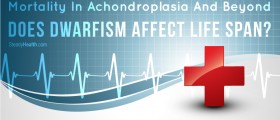

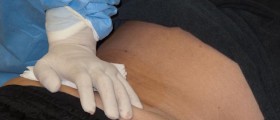

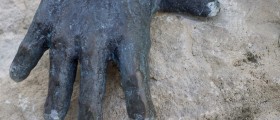







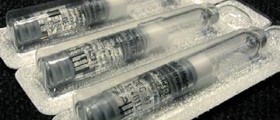

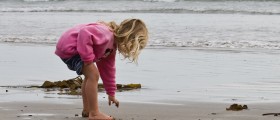
Your thoughts on this
Loading...